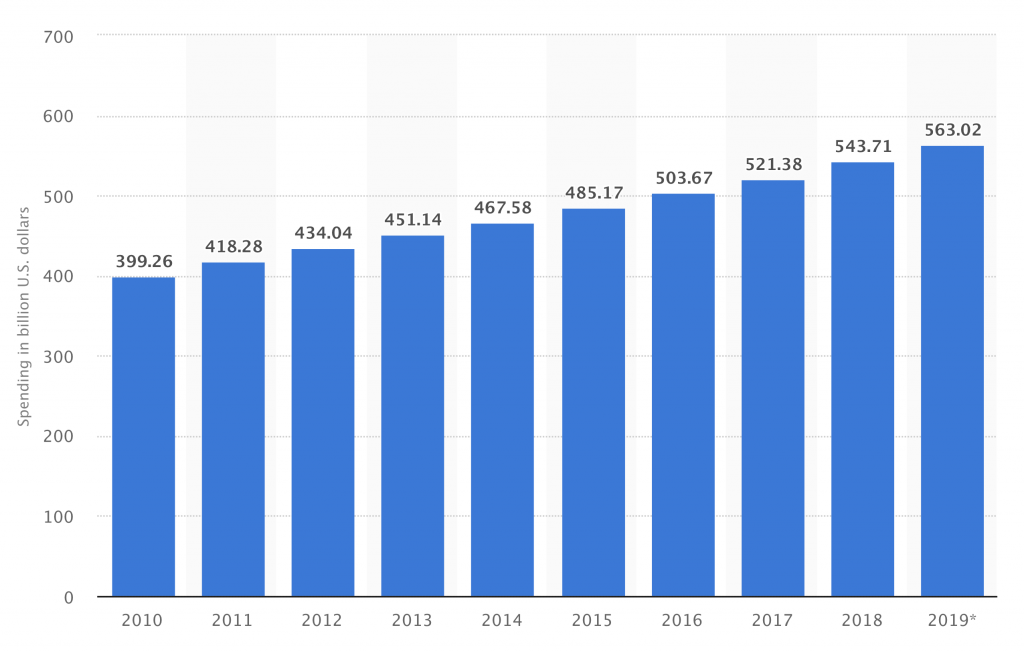How to Advertise to a New Generation of Consumers
Every generation brings new challenges for advertisers, but this consumer generation, the technology generation, has its own universe of obstacles which come fast and furious, without time to catch your breath. Every day, there’s a new app, a new way to shop, an upgraded lifestyle that technology adoption dictates, and we, the ad men, are often left scrambling to adjust strategies and campaigns to ensure we reach the target market and dominate before company competitors do. It’s a rat race, and it’s complete chaos.
Ad Men themselves often disagree with where companies should be spending their money, leaving industry best practices inconsistent and debates heavily opinionated by anyone who can shout loud enough to “disrupt” the market. Digital transformations and content marketing and digital marketing all dominated the buzz word arena for the last ten years. Ad agencies have split their “traditional” or analogue and “digital” advertising departments, treating them like they are from different family trees. And while everyone is shouting among themselves, a new opinion trend emerged… “Consumers no longer trust ads.” This sent the SME industry into a tailspin as businessmen kept the conversation around saving money and not “wasting” it on advertising since it doesn’t work.
But with all of this chaos and BS floating around, advertising is at an all time high… Train stations are littered with billboards, scrolling through social media leads to an ad every 30 seconds, and TV and radio are still very much alive in an age of ad-free streaming services. With advertising spend increasing consistently for the last decade, who said advertising doesn’t work? We’d wager that if it wasn’t working, 560 billion US wouldn’t be spent a year on it…

Once upon a time, before the internet, all you really had to do was drop a full page colour ad in the local newspaper for a week and your shop’s foot traffic increased. This was the golden age when everyone read the morning paper, including kids. The budgets were fairly static and moderately affordable and a small business could book a few ads to boost sales when needed. Then TV came along with a way of entering people’s homes, during breakfast and dinner, and that lead the way to the magical era of expensive television advertising. To have television ads, your brand must have been doing fairly well as the cost of production and air time was often out of reach for SMEs.
Then came the internet, and with it, Google search and Facebook, allowing the consumer to make a more informed purchasing decision.
Paid search ads and newsfeed ads started gaining more traction, and marketing personnel at SMEs suffered a constant pressure to increase business revenue without advertising as much as they should. It’s always been a chicken and egg scenario: get more revenue in to allocate an advertising budget, or advertise to get more revenue in. We’ll go deeper into this conundrum in another article…
Today, we’re competing in a global advertising space for attention at a much lower cost than print, television and radio. Advertising has become accessible to virtually anyone with a credit card and is as low as £5 a day… So it has become a noisy playground, where you have to match engaging content with precise ad targeting.
When you think about it, not much has changed. The brands who could always afford television ads are still advertising there. And in an age where everyone is preaching that television is dead, it is generating more revenue for the advertising industry than ever. What has changed is where consumers eyeballs are. The only real change here is print and social media. Social media and websites have put physical newspaper advertising out of business and have opened up a lot more options for us advertisers.
Now, here’s the benefits of this beautiful change: you can be in your ideal customer’s attention space, at any time of day, all the time, in the palm of their hands… and you also know how many people you have reached, when, where and how… that’s what we could have never done with print. The metrics are incredible.
To get there, and stay there is part creative manipulation, part money game. You have to be entertaining to get noticed, remarkable to be remembered, and spend enough to be consistent. We’ve always needed creative manipulation for advertising though, even 50 years ago. And you’ve always needed a expert to tell you exactly where to place those ads for the best exposure. So what’s changed? Nothing really.
So what was this whole article about? To remind you that advertising works better now that it did before, and if you’re not advertising, that your brand is missing the opportunity of a lifetime. Advertising will not always be this accessible and cost effective. If you are not taking advantage of this NOW, you’re missing out big time and your competition isn’t…
If you want to find out how much you should be spending on advertising, or how we can TILT your brand, just give us a call or ping over an email.

